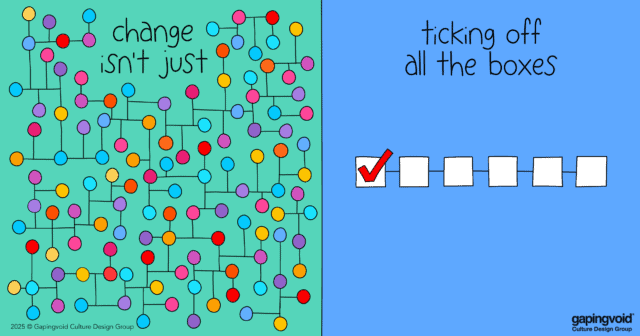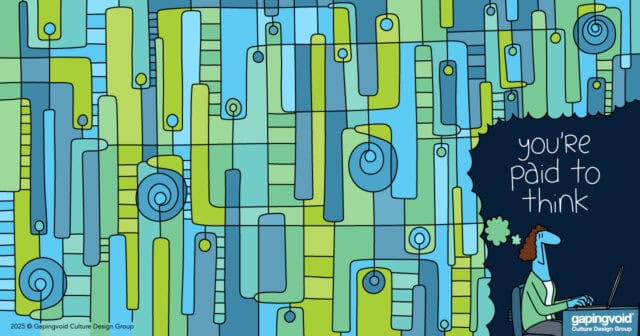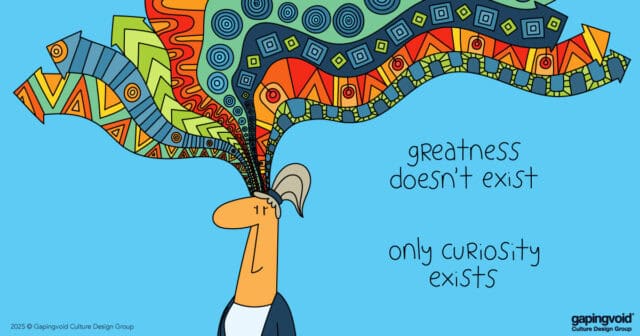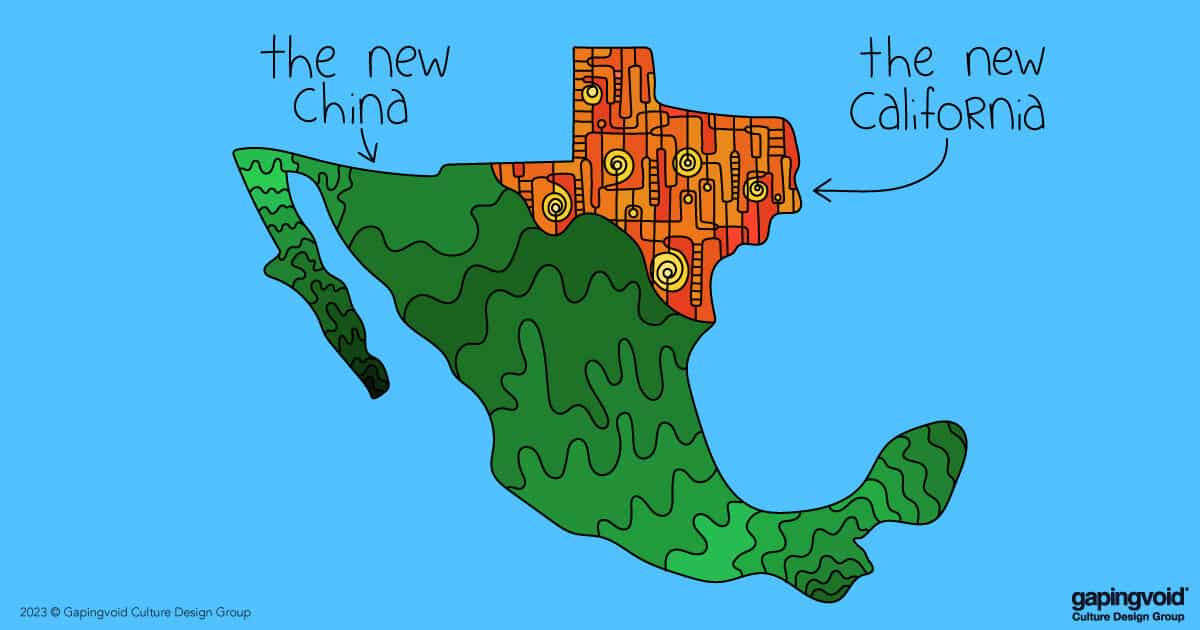
If you look at a map, New Orleans looks like a natural place to put the Gulf of Mexico’s largest port. It feeds right into the Mississippi River. Yet it doesn’t have the largest port. Houston does. Houston isn’t even on the ocean, and they had to build a large, forty-mile canal to make it happen.
Then there’s the myth about New York being America’s most diverse city. It isn’t. Again, that honor goes to Houston.
And as Mexico becomes the new China and Texas becomes the new California, we can expect to see more like this coming out of Houston.
With the new world order emerging, Houston is on course to becoming the world’s most economically dynamic city.
So how did this hot, humid, flat, mosquito-infested bayou of a town pull it off?
The city intentionally designed its culture.
When the Allen Brothers purchased more than 6,600 acres of land around Buffalo Bayou and founded the city of Houston in 1836, they knew they had to offer something different. This wasn’t France or Italy after all. Few people actually wanted to physically be there (if you go there in summer, it’s easy to understand why).
And what did they offer? A business-friendly government.
They provided land grants to settlers who agreed to establish businesses or build homes in the area. They kept taxes low to encourage business development. They invested in constructing roads, bridges, and wharves, making it easier for manufacturers to transport goods and materials. And they were open to immigrants from all over the world, which helped to create a diverse population and a cosmopolitan atmosphere.
To top it all off, the Allen Brothers believed in limited government intervention in the economy. They established a simple regulatory framework that allowed companies to operate with minimal interference, which helped to foster innovation and entrepreneurship.
This combined encouraged businesses to establish themselves in Houston instead of elsewhere and contributed to the city’s rapid growth.
The rest is history.
Sure, they may not have had a mighty river like New Orleans, but they had big railroad yards, which fed the growing Western US (and the Mississippi River, as it turns out, was just a short freight train ride away after the Civil War).
The moral of the story here is culture design scales. Whether you’re designing a country, a city, or a family, your design should be intentional. It just requires those in charge to decide what kind of culture they wish to have.
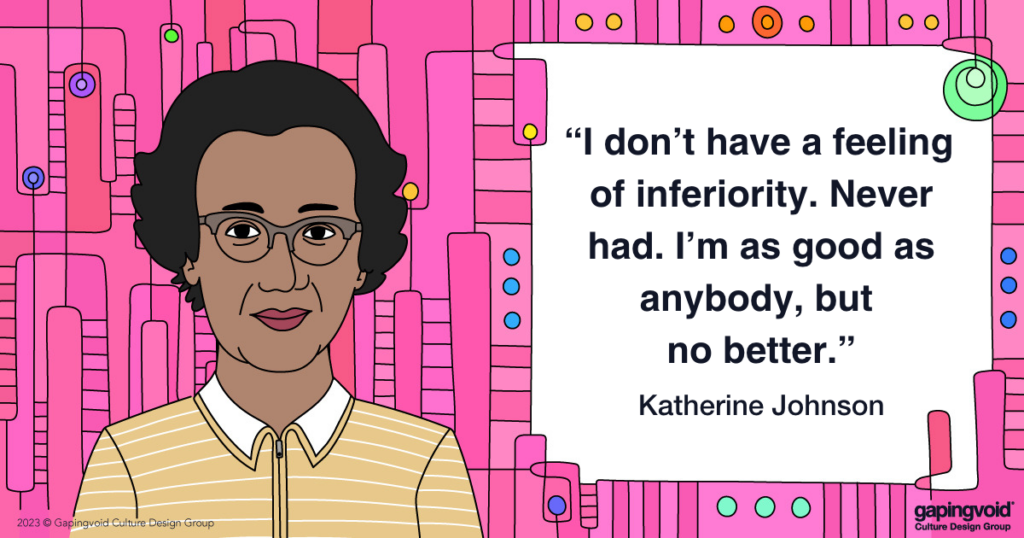
Katherine Johnson (1918-2020) was a brilliant NASA mathematician who blazed a trail for women and people of color in STEM. She had a deep understanding of orbital mechanics and her number crunching could accurately calculate the trajectory of spacecraft in orbit, helping NASA to launch the 1st American into space, and later, land astronauts on the Moon. All despite facing discrimination and segregation early in her career. Her groundbreaking work at NASA, her unwavering commitment to excellence, and her quiet but profound impact on the world will never be forgotten. Happy Women’s History Month!

